Connecticut Among Leaders in Addressing Cyberbullying, Bullying Among Youth
/Connecticut's anti-bullying laws and relatively low number of reported cyberbullying incidents have earned it a spot as one of the top three safest states from cyberbullying, according to a new national survey. Nationwide at least 34 percent of kids have been cyberbullied, but the precise percentages vary from state to state.
A new survey developed by Frontier Communications, marking Child Safety & Prevention Month, assesses the relative safety across the nation. Based on an analysis of six weighted factors (including school sanctions for cyberbullying, existing state bullying laws, school discipline for off-campus behavior, and the percentage of students in grades 9–12 that have reported being cyberbullied), ten states are said to be addressing the issue head on: Florida, Arkansas, Tennessee, Michigan, Pennsylvania, New York, Vermont, Massachusetts, Connecticut, and Washington, DC.
In contrast, Washington, Oregon, Montana, Utah, Arizona, Colorado, Iowa, Wisconsin, and Ohio provide the fewest legal protections against cyberbullying. For example, most of these states don’t have a specific state statute that allows schools to discipline students for off-campus behavior, according to the survey analysis.
The U.S. Department of Health (DOH) defines bullying as repeated “unwanted, aggressive behavior among school children that involves a real or perceived imbalance.” Bullying can involve making threats, spreading rumors, physically attacking someone, or purposely excluding someone from an activity.
Bullying and cyberbullying are major problems - over 3 million students are bullied every year, which contributes to over 160,000 days of absences by students from school, according to Derek Peterson, CEO of Digital Fly, a technology company based on Long Island.
“This is bad for the student, schools, communities, states and our nation,” he said, emphasizing that states have the ability to lead, create policies for reporting, tracking, educating, preventing and punishing those involved in bullying and cyber bullying.
 Connecticut’s “An Act Concerning the Strengthening of School Bullying Laws,” Senate Bill 1138 signed into law in 2011, defines "Cyberbullying" as any act of bullying through the use of the Internet, interactive and digital technologies, cellular mobile telephone or other mobile electronic devices or any electronic communications…” The law states that school policies must “include provisions addressing bullying outside of the school setting if such bullying (A) creates a hostile environment at school for the victim, (B) infringes on the rights of the victim at school, or (C) substantially disrupts the education process or the orderly operation of a school…”
Connecticut’s “An Act Concerning the Strengthening of School Bullying Laws,” Senate Bill 1138 signed into law in 2011, defines "Cyberbullying" as any act of bullying through the use of the Internet, interactive and digital technologies, cellular mobile telephone or other mobile electronic devices or any electronic communications…” The law states that school policies must “include provisions addressing bullying outside of the school setting if such bullying (A) creates a hostile environment at school for the victim, (B) infringes on the rights of the victim at school, or (C) substantially disrupts the education process or the orderly operation of a school…”
 Testifying in support of the Connecticut legislation, state Victim Advocate Michelle Cruz said “we now know the long lasting and devastating effects that bullying behavior can have on victims, bystanders and even bullies.” She cited a study by the Family and Work Institute that reported one-third of children are bullied at least once a month, while six out of ten teens witnessed bullying at least once a day.
Testifying in support of the Connecticut legislation, state Victim Advocate Michelle Cruz said “we now know the long lasting and devastating effects that bullying behavior can have on victims, bystanders and even bullies.” She cited a study by the Family and Work Institute that reported one-third of children are bullied at least once a month, while six out of ten teens witnessed bullying at least once a day.
Attorney General George Jepsen noted that “Students no longer have the refuge of home. Technology makes students easily accessible through cell phones, social networking sites, and online gaming systems long after school closes.” In advocating for the legislation, he said efforts must aim to prevent school from being a “hostile environment for the student” that “impacts their ability to learn and thrive.” And, he added, those efforts must continue when the student leaves the school building.
The DOH defines cyberbullying as “bullying that takes place over digital devices like cell phones, computers, and tablets” and can include any number of activities:
- Spreading rumors online or through texts
- Posting hurtful or threatening messages on social networking sites or web pages
- Posting a mean or hurtful video or picture
- Pretending to be someone else online to hurt another person
- Taking unflattering pictures of a person and sharing them online
- Sexting, or circulating sexually suggestive pictures or messages about a person
Recent statistics show that more than a third of children and teens have experienced cyberbullying, according to the Frontier analysis. Data is available from the National Center for Education Statistics and the Cyberbullying Research Center.



 The safest states cited in the study include South Dakota, North Dakota, West Virginia and Maine, with Vermont ranking as the safest at #51. The worst states were California, Florida, Nevada, Texas, New Mexico, New York, Arizona and Virginia.
The safest states cited in the study include South Dakota, North Dakota, West Virginia and Maine, with Vermont ranking as the safest at #51. The worst states were California, Florida, Nevada, Texas, New Mexico, New York, Arizona and Virginia.
 The mission of the Jordan Porco Foundation, a 501(c) (3) public charity, is to prevent suicide, promote mental health, and create a message of hope for young adults. They accomplish this by providing engaging and uplifting peer-run programs. Their programs strive to start a conversation about mental health that reduces stigma while encouraging help-seeking and supportive behaviors.
The mission of the Jordan Porco Foundation, a 501(c) (3) public charity, is to prevent suicide, promote mental health, and create a message of hope for young adults. They accomplish this by providing engaging and uplifting peer-run programs. Their programs strive to start a conversation about mental health that reduces stigma while encouraging help-seeking and supportive behaviors. The article points out that “the connection between climate change and hurricanes has become hard for anyone to ignore.”
The article points out that “the connection between climate change and hurricanes has become hard for anyone to ignore.”

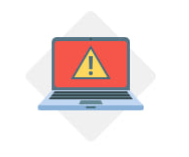
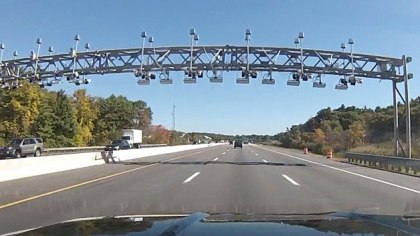
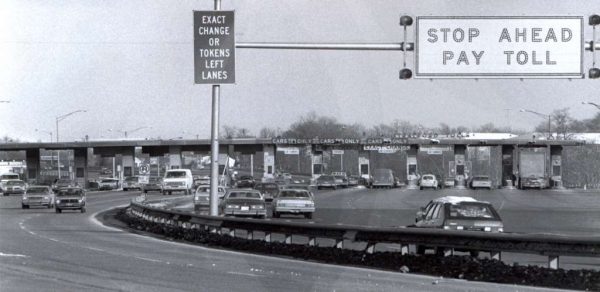
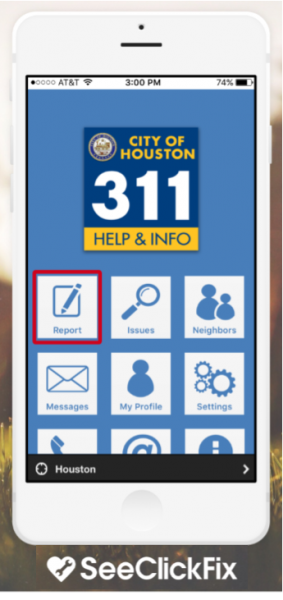 broken meters and streetlights, potholes, and even excessive noise from ice-cream trucks). Officials can track, manage and reply within the app. It has since expanded to some 300 municipalities across the country.”
broken meters and streetlights, potholes, and even excessive noise from ice-cream trucks). Officials can track, manage and reply within the app. It has since expanded to some 300 municipalities across the country.” Hurricane Harvey, the efforts with Houston instantly intensified. Berkowitz said SeeClickFix has worked with the city of Houston and several of its neighboring suburbs since 2009, handling an estimated 30,000 residents. Those numbers will likely jump when the totals for 2017 are tallied. Berkowitz told CTNewsJunkie that will be especially true in the coming weeks as operations shift from emergency calls handled by police and other emergency personnel to calls that are SeeClickFix specialties, such as power outages, downed trees and other types of “more routine” assistance.
Hurricane Harvey, the efforts with Houston instantly intensified. Berkowitz said SeeClickFix has worked with the city of Houston and several of its neighboring suburbs since 2009, handling an estimated 30,000 residents. Those numbers will likely jump when the totals for 2017 are tallied. Berkowitz told CTNewsJunkie that will be especially true in the coming weeks as operations shift from emergency calls handled by police and other emergency personnel to calls that are SeeClickFix specialties, such as power outages, downed trees and other types of “more routine” assistance.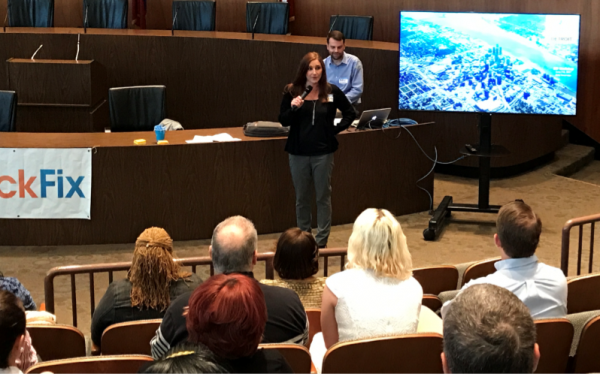 The company’s website continues to proudly boast “Made in New Haven” and Berkowitz’ company profile explains “The inspiration for SeeClickFix came from a desire to improve his own community with his neighbors and his government.”
The company’s website continues to proudly boast “Made in New Haven” and Berkowitz’ company profile explains “The inspiration for SeeClickFix came from a desire to improve his own community with his neighbors and his government.” from the top down” as the publication highlights “some of the most promising projects, initiatives, and companies that are springing up in every state of the union. Together, they present a portrait of the country today—its concerns and responses, and its enduring capacity for progress.”
from the top down” as the publication highlights “some of the most promising projects, initiatives, and companies that are springing up in every state of the union. Together, they present a portrait of the country today—its concerns and responses, and its enduring capacity for progress.”






 The report noted that “Medicaid beneficiaries are prescribed opioids at twice the rate of the rest of the population, and research indicates they are at 3 to 6 times greater risk of a fatal overdose.” The report also observed the impact of the epidemic on the nation’s prison population: Eighty percent of prisoners have a history of drug abuse; 50 percent are addicted to drugs; 60 to 80 percent of prisoners abusing drugs commit a new crime after release; and approximately 95 percent of addicted prisoners relapse when they’re released, according to National Association of Drug Court Professionals (NADCP) data.
The report noted that “Medicaid beneficiaries are prescribed opioids at twice the rate of the rest of the population, and research indicates they are at 3 to 6 times greater risk of a fatal overdose.” The report also observed the impact of the epidemic on the nation’s prison population: Eighty percent of prisoners have a history of drug abuse; 50 percent are addicted to drugs; 60 to 80 percent of prisoners abusing drugs commit a new crime after release; and approximately 95 percent of addicted prisoners relapse when they’re released, according to National Association of Drug Court Professionals (NADCP) data.

























